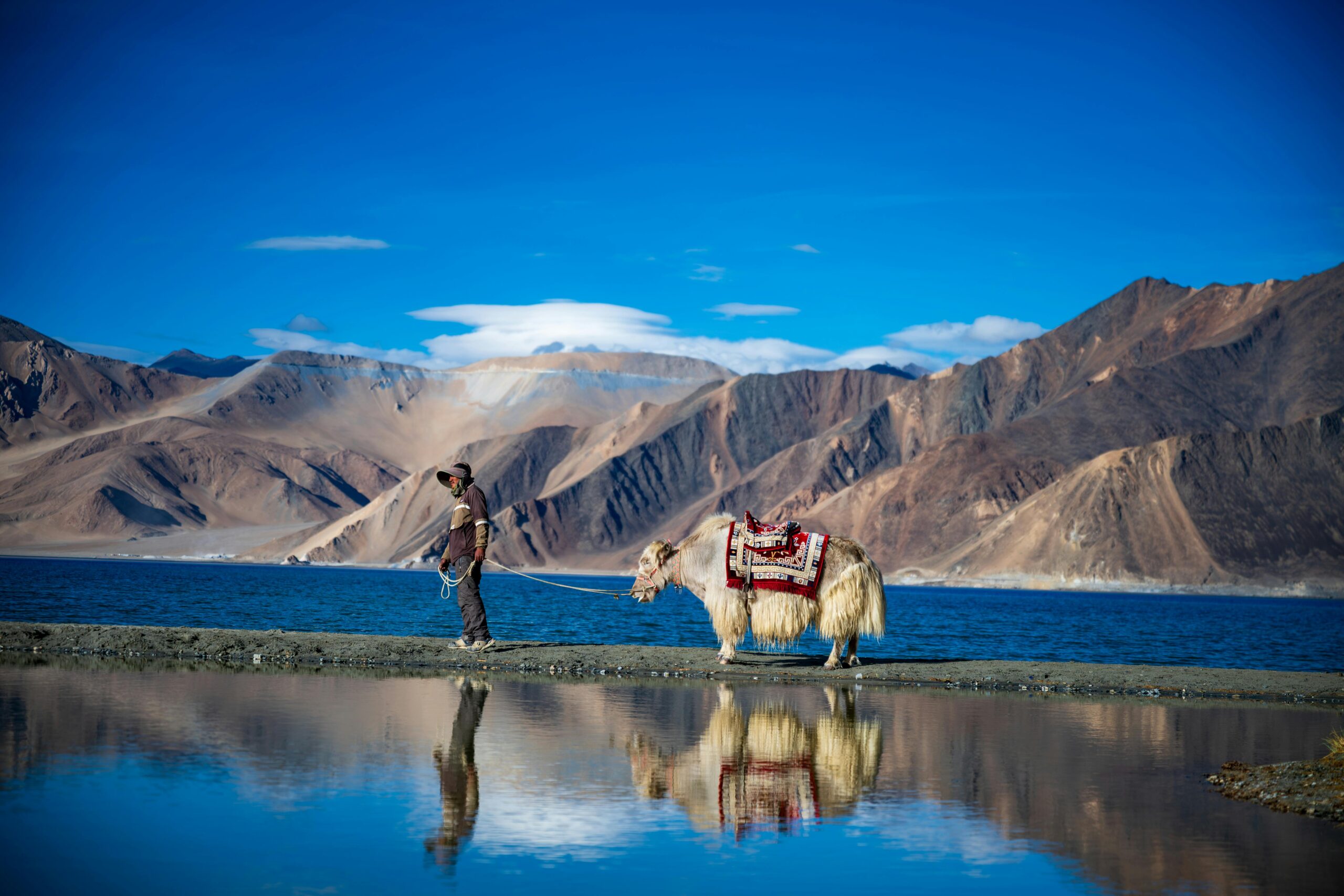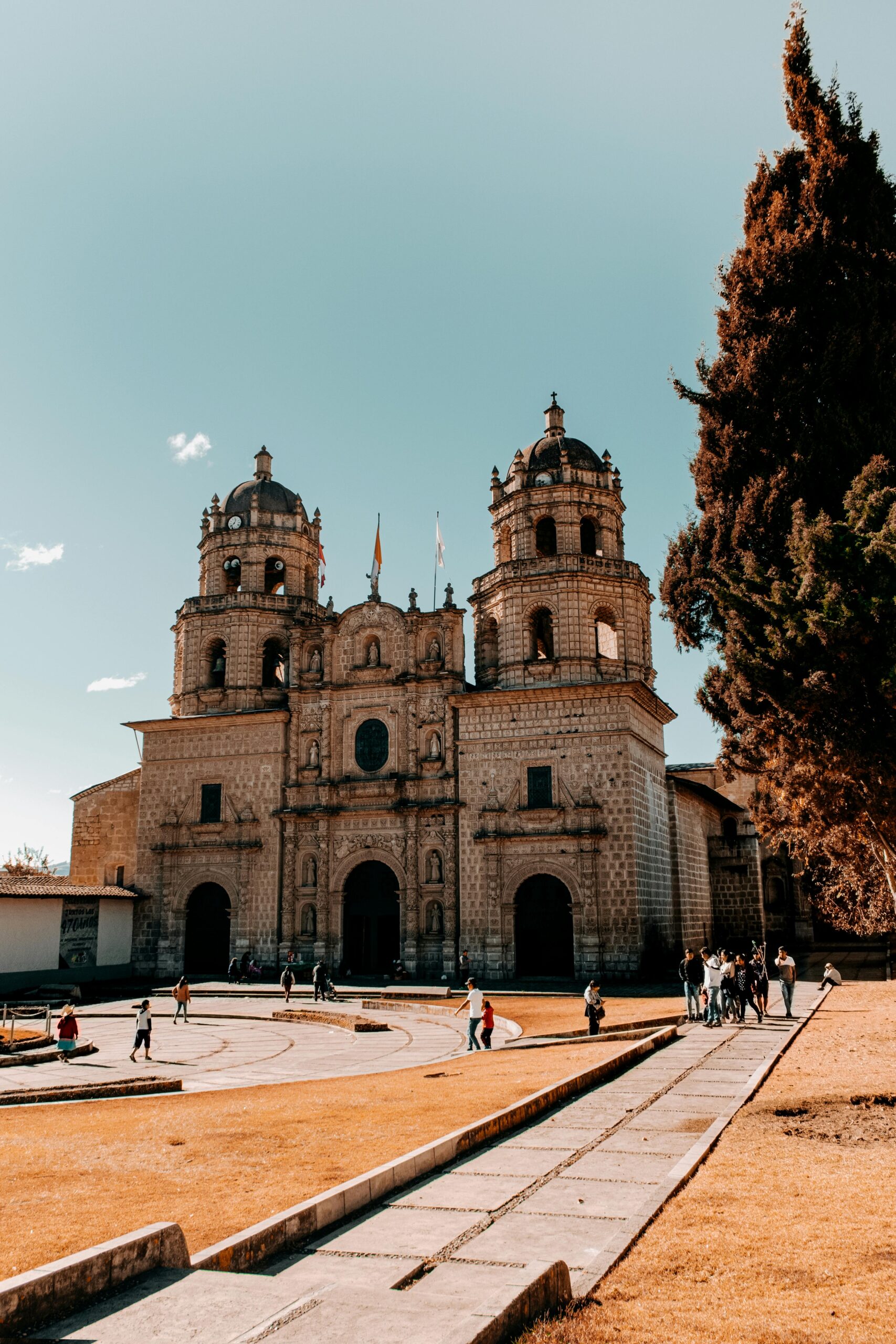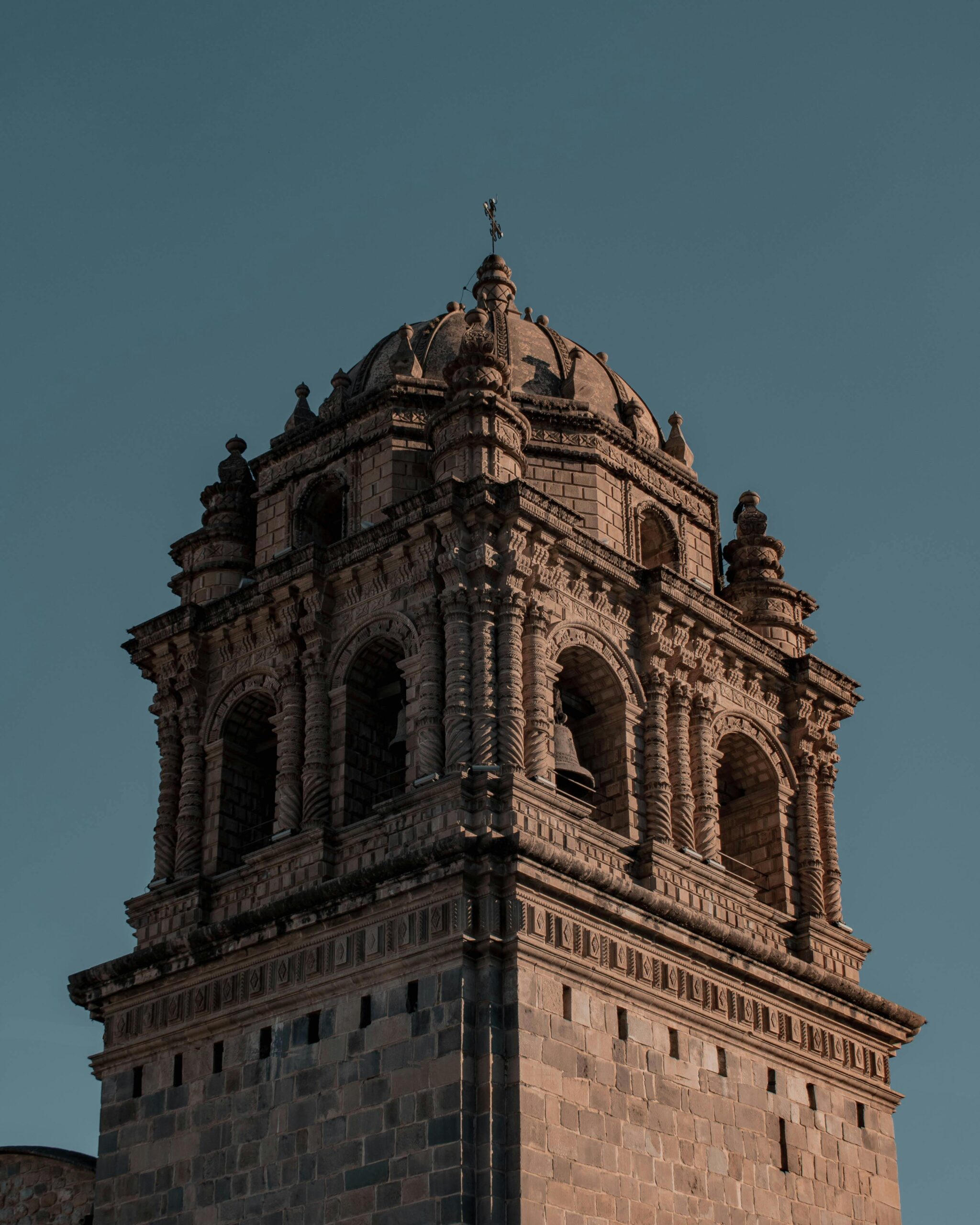In the heart of the Peruvian Andes, where nature marries memory, lies Pisac, a small village perched at the entrance to the Sacred Valley of the Incas. Often overshadowed by the notoriety of Machu Picchu, this unassuming place reveals an unsuspected wealth to those who take the time to stop off. Pisac is no mere stopover between two ruins. It’s a world in itself, a crossroads between age-old traditions, living crafts, contemporary spirituality and sovereign nature. Here, stone still speaks, mountains whisper, and time seems to flow differently.
An Inca citadel suspended in the sky
When you arrive in Pisac, it’s hard to miss the silhouette of the Inca ruins that dominate the village. Clinging to the mountainside, they seem to float above the valley like a stone mirage. Yet they are very real, and on a scale that is often underestimated. The archaeological site of Pisac is one of the largest and best-preserved in the entire region, divided into several distinct sectors linked by a network of paths cut into the rock.
The first thing that strikes you is the layout of the site: the agricultural terraces follow the curves of the landscape and bear witness to the agronomic genius of the Incas. Not only did these terraces enable cultivation at high altitude, they also protected the soil from erosion and created microclimates for different types of crops. Here, we can imagine Inca farmers sowing corn, quinoa or potatoes.
Higher up, at the summit, lie religious and residential areas. Here we find an “intiwatana” (ceremonial stone pillar linked to the Sun), temples with perfectly fitting blocks, and ruined dwellings, as if frozen in the wind. But perhaps most moving of all are the hundreds of tombs carved into the cliffs that face the valley. These tombs bear witness to the sacred relationship the Incas had with death, seen not as an end, but as a passage to another form of existence.
Pisac, a village with an ancient rhythm
At the foot of the mountain, the village of Pisac unfurls its cobbled streets, whitewashed walls, red-tiled roofs and shady plazas. This Andean village, though touristy, has lost none of its charm or authenticity. Life here follows a slow rhythm, carried along by the sound of the colonial church bells and the cries of the market women.
The beating heart of the village is the central square, which hosts a colorful market every day. You’ll find everything from hand-woven ponchos and Andean musical instruments to finely chiselled silver jewelry, ritual statuettes, incense, naive paintings and even medicinal plants. The market is more than just a place to trade: it’s a meeting place for cultures, a bridge between local crafts and the expectations of visitors from all over the world. On Sundays, it takes on an even livelier dimension: the surrounding rural communities descend on the village, often in traditional dress, to sell their wares, exchange news, or simply share a meal.
But there’s more to Pisac than its market. For the past twenty years, it has also been a place of spiritual renewal. Attracted by the special energy of the place – some call it an energy vortex – many travellers, therapists, artists and seekers of meaning have settled in Pisac. The village has thus become a global crossroads for spiritual and alternative tourism. There are yoga centers, meditation retreats, healing circles, sacred plant ceremonies and Andean astrology consultations.
This foreign presence has gently altered the village’s atmosphere, without erasing its soul. You’ll come across Quechua ladies braiding wool on the steps of a ceramics store, street musicians from Europe and elsewhere improvising in a square, expatriates seeking reconnection, children playing ball in the middle of the alleyways. This diversity creates a strange and fascinating balance between tradition and modernity.
A sovereign and accessible nature
Around the village, nature is everywhere, majestic, imposing yet welcoming. The mountains encircle Pisac like silent guardians. The water of the Urubamba River flows nearby, nourishing crops and spirits. Fields of corn, beans and quinoa sway in the breeze. Andean birds fly overhead. And trails wind into the hills, inviting exploration.
From Pisac, you can hike to the ruins, to rural communities perched high in the hills, or simply through valleys and eucalyptus groves. It’s also possible to hike for several days towards Cusco or Ollantaytambo, on the ancient Inca messenger trails. These paths, less frequented than the famous Inca Trail, nevertheless offer moments of grandiose solitude and communion with the landscape.
The beauty of Pisac is that it also encourages you to slow down. To sit on a low stone wall and watch the sun set. To talk with a market vendor about her children. To listen to a shaman tell the story of a tree or a rock. Pisac is an invitation to connection, humility and receptivity. It may take a few days to absorb its atmosphere, to “land” in this parallel world where the essential comes back to the surface.
Pachamanca :
At Escapate, we offer a visit to Pisac with a tasting of a traditional Peruvian dish, the famous Pachamanca.
This ancestral traditional dish from the Peruvian Andes is deeply linked to the land and culture of the indigenous peoples. The word “pachamanca” literally means “earthen pot” in Quechua, and perfectly reflects the principle behind this preparation: food is cooked underground, using heated stones. This technique, handed down from generation to generation, involves digging a hole in the ground, placing hot stones in it, then placing various marinated meats (often chicken, pork, beef…), accompanied by potatoes, corn, beans and sometimes sweet potatoes. The whole thing is then covered with leaves (often corn or chincho) and earth, and left to stew for several hours. Much more than a simple dish, pachamanca is a communal and ritual act, often performed at feasts or family gatherings, celebrating the sacred bond between men and Pachamama, Mother Earth.



